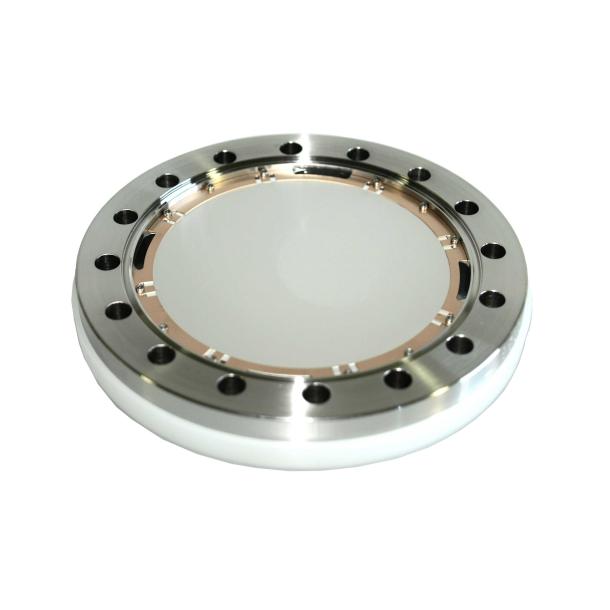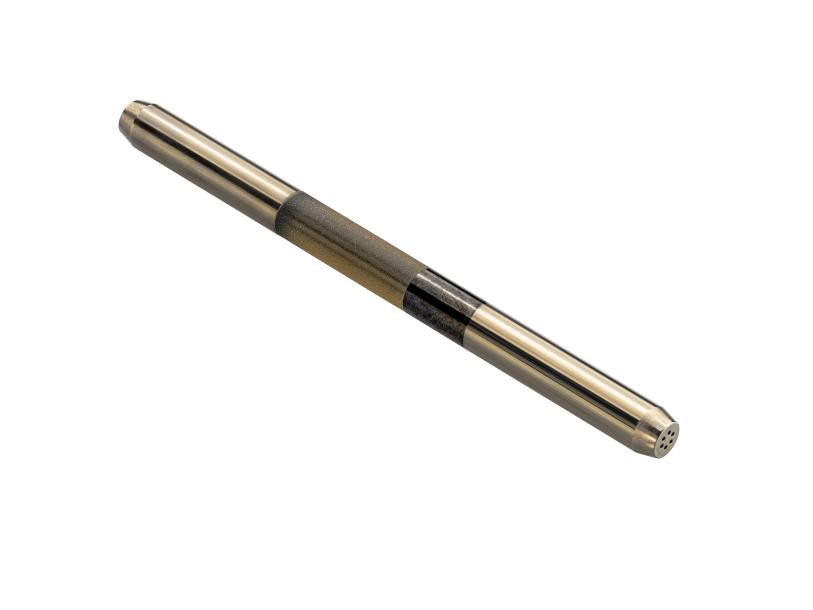Forte d'une expérience de plus de 85 ans dans l'innovation, le développement et la production de détecteurs électro-optiques leaders sur le marché, Exosens propose des solutions de détection innovantes inégalées dans leur catégorie. Dotée d'un portefeuille étendu de solutions basées sur des technologies à la pointe du marché en matière de détection de photons, d'ions, d'électrons, de neutrons et de rayons X, Exosens est un partenaire reconnu par les intégrateurs de systèmes dans le monde entier.
Les détecteurs haute performance d'Exosens, d'une fiabilité exceptionnelle, sont au cœur des instruments scientifiques utilisés dans des domaines tels que : La spectrométrie de masse, l'imagerie à faible niveau de lumière, la détection de photons uniques, la recherche spatiale et les essais non destructifs.
Pour garantir que chaque solution de détection réponde à des exigences de performance de tous types, Exosens travaille en étroite collaboration avec les équipes de R&D et d'ingénierie afin de garantir que le détecteur réponde aux spécifications de conception du client, même les plus exigeantes.
Découvrez un monde de technologie de pointe grâce au portfolio complet de solutions de détection d'Exosens, qui vous mènera à une performance optimale !
Pour aller plus loin, voici quelques ressources supplémentaires qui vous permettront d'en savoir plus sur la détection pour la science analytique et sur nos technologies électro-optiques de pointe utilisées dans la détection et l'amplification d'ions, de neutrons, d'électrons et de photons dans divers secteurs :
- Découvrez notre expertise et nos solutions performantes en matière de technologie du visible
- Exploration de la technologie détection ions & électrons
- Lire l'article redefining single photon detection technology(EN)
- Lire l'article overcoming the technical challenges of single photon detection (EN)
- Lire l'article technical challenges of single photon detection (EN)
- Lire l'article photonis introduces neutronic [i] system for neutron imaging (EN)
- Lire l'article moving to industrial applications: oct enables hi-res non-destructive depth analysis (EN)
- Explorer la détection d'ions et d'électrons et découvrez nos détecteurs et composants optiques pour les instruments scientifiques et les techniques de spectrométrie de masse.
- Découvrez la solution de photodétection et d'imagerie en conditions de faible luminosité de Photonis
- Découvrez El-Mul dans les domaines du MEB analytique et du STEM, du faisceau d'ions focalisés, de la spectrométrie de masse, de l'inspection des semi-conducteurs et de la métrologie.
- Pour en savoir plus sur la détection pour la science analytique, consultez notre bibliothèque de ressources.
Besoin de précisions ? Contactez nos experts !
Contactez-nousIons & Electrons
Photons
Composants
Neutrons
Rayons X et UV
Ions & Electrons
Détecteurs et composants optiques pour instruments scientifiques et techniques de spectrométrie de masse
Lire la suite
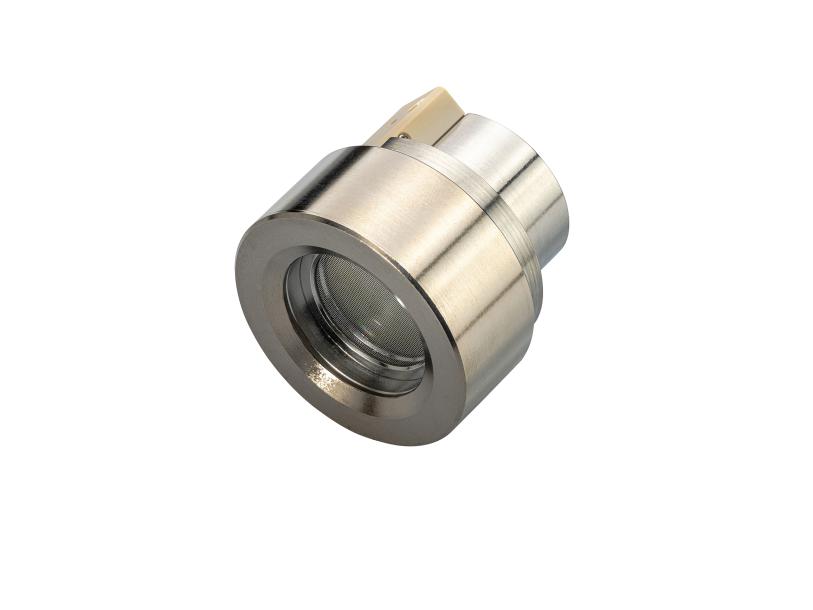






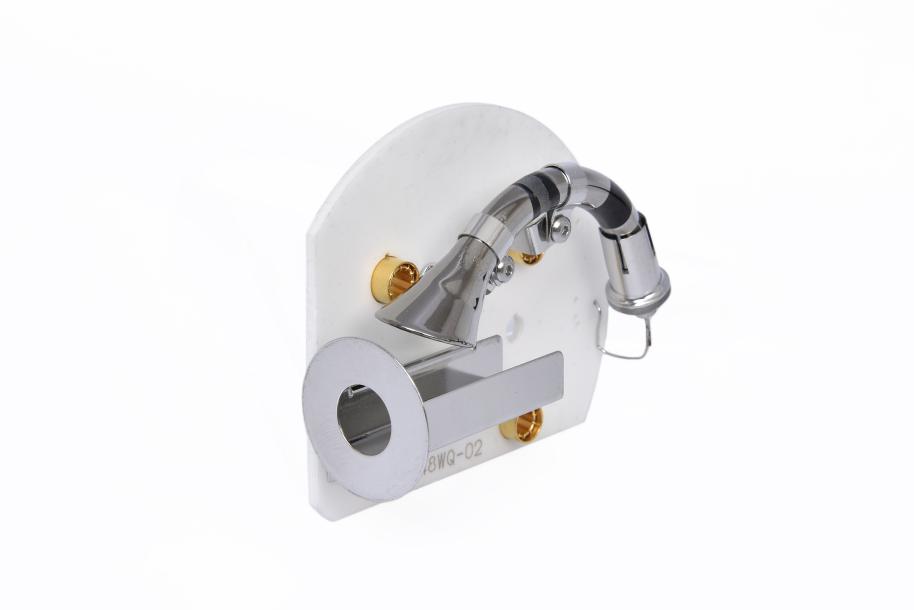



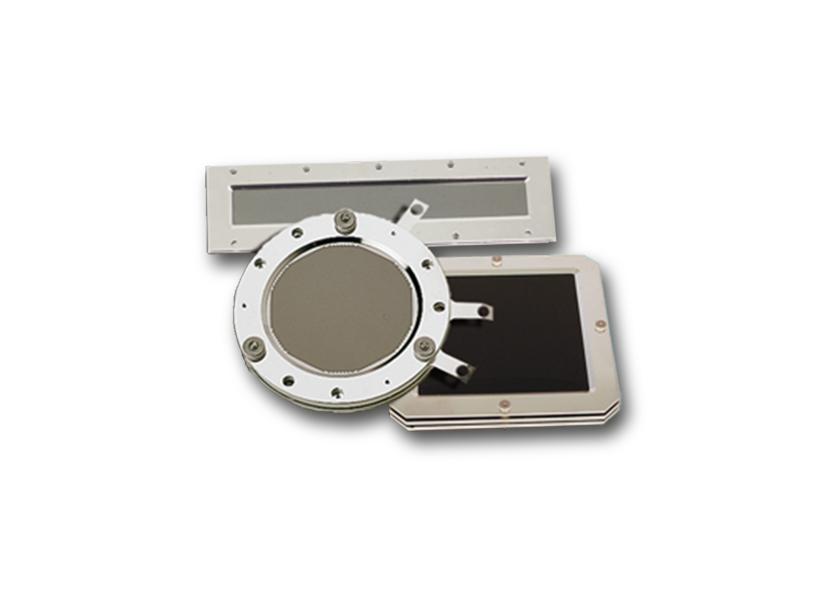





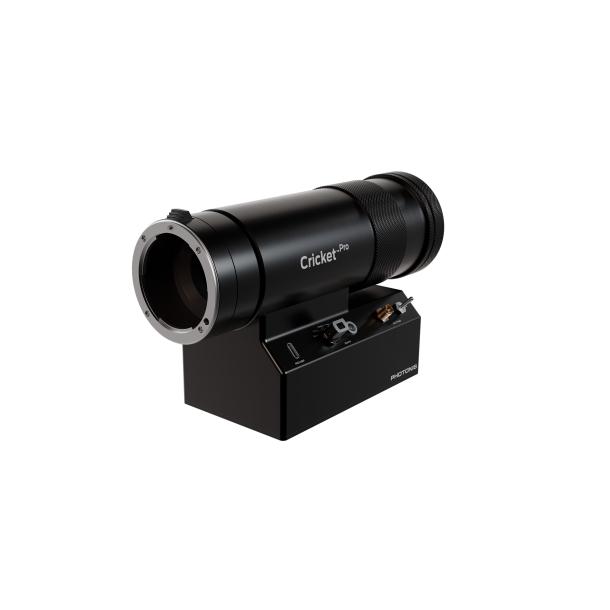

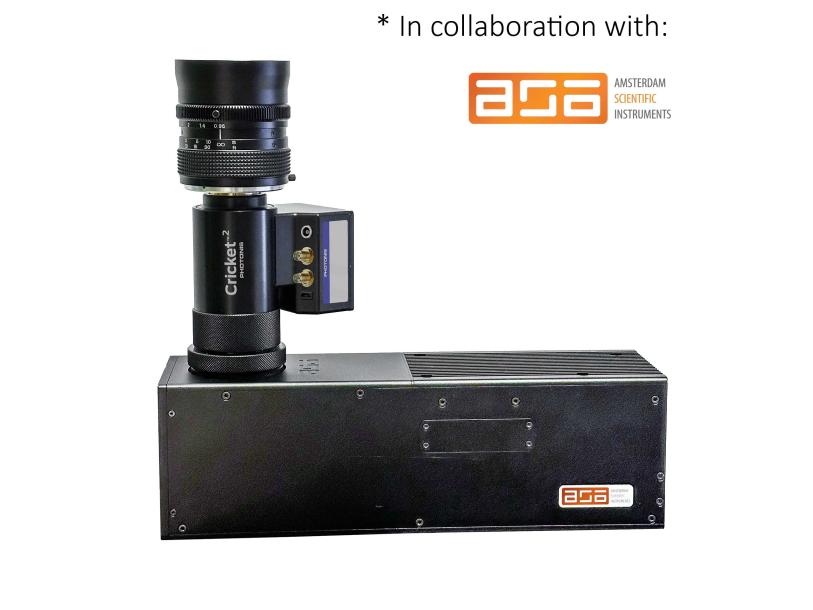

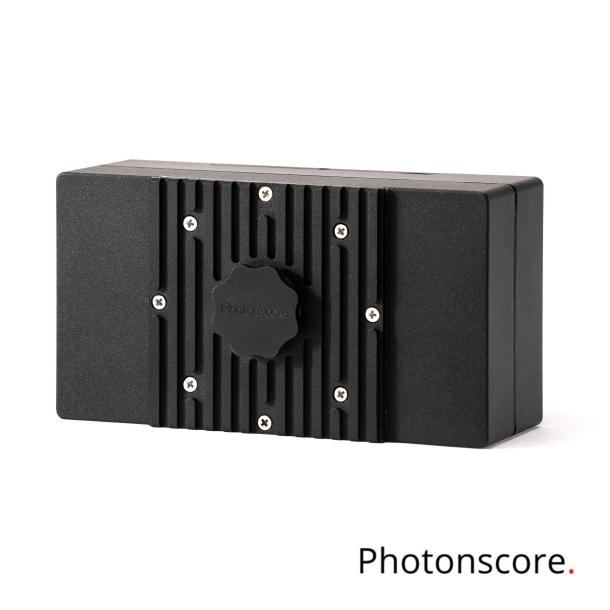

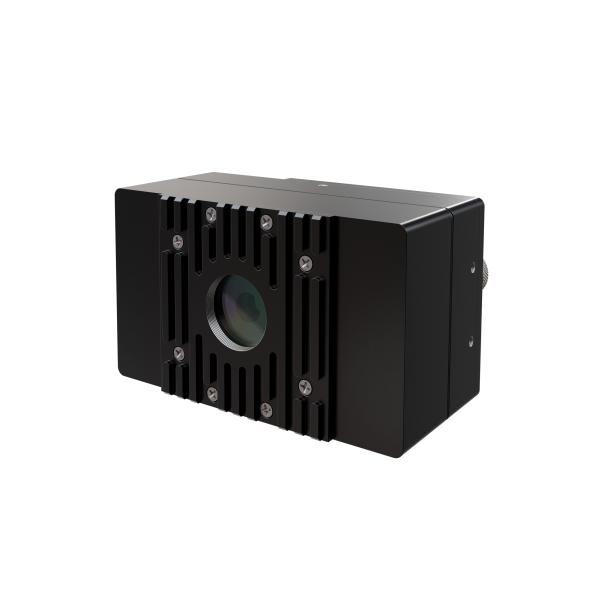


Neutrons
Appareil d'imagerie neutronique pour les essais non destructifs et la tomographie neutronique
Lire la suite
![Neutronic [i] Imageur neutronique neutronic.](http://cdn.exosens.com/sites/default/files/styles/product/public/2022-09/neutronic.png?itok=r881fmO8)
Rayons X et UV
Galettes de microcanaux à pores carrés pour l'imagerie et les applications analytiques à rayons X
Lire la suite

Questions fréquemment posées
How do Vacuum Tube-Based Detectors Work?
Vacuum tube-based Image Intensifier tubes consist of several essential components; a Photocathode, a Microchannel Plate (MCP) and an anode. These components work together to amplify input signal, creating a rich and dynamic output.
In the first step, existing ambient light passes through a photocathode, which converts the incoming photon signal into a photo-electron.
In the second step, photoelectrons are drawn by an electrical field into the MCP where they impinge multiple times on the inner walls and thereby multiply several thousands of times. In photon counting applications the multiplied electron signal is detected using an anode. In the instance of photon imaging applications, the anode converts the electron back into photons to produce an image.
What are the Main Benefits of Vacuum Tube-Based Detectors?
Vacuum tube-based single photon detectors offer several benefits for single photon detection applications compared to other technologies. Here are some of the main advantages:
- High sensitivity: Vacuum tube-based detectors are capable of detecting extremely low levels of light, down to the single photon level. This makes them well-suited for applications that require high sensitivity, such as quantum optics, fluorescence spectroscopy, and low-light imaging.
Wide spectral range: Vacuum tube detectors have a wide spectral response range, spanning from ultraviolet (UV) to near-infrared (NIR) wavelengths. This versatility allows them to be used in a broad range of applications across different scientific disciplines.
Fast response time: MCP-PMTs have fast response times, typically in the sub-nanosecond range. This enables them to accurately capture fast events or rapidly changing light signals, making them suitable for time-resolved measurements and applications requiring high temporal resolution.
Large active area: MCP-PMTs have relatively large active areas compared to other single photon detectors. This makes them capable of detecting photons over a larger spatial area, which is advantageous for applications such as imaging and light detection in broad fields of view.
Low noise: Vacuum tube-based detectors exhibit low noise characteristics, allowing for excellent signal-to-noise ratios. This is especially important for detecting weak light signals and enhancing the accuracy of measurements.
High gain: MCP-PMTs provide high gain amplification due to their electron multiplication stages. Each photon that enters the detector can generate a cascade of electrons, resulting in a significantly amplified output signal. This high gain makes it easier to detect and measure single photons with improved signal quality.
Versatility: Vacuum tube-based detectors can be used in a wide range of experimental setups and configurations, including single photon counting, photon correlation spectroscopy, fluorescence lifetime measurements, and many others. They are adaptable to different experimental requirements and can be integrated into various optical systems.
What are the Limitations of Current Single Photon Detection Technologies?
Current single photon detection technologies often struggle to achieve high performance across all relevant metrics, such as sensitivity, timing resolution, spatial resolution, and spectral resolution, without compromising on other aspects of detector performance.
What are the Limitations of Current Single Photon Detection Technologies?
Current single photon detection technologies often struggle to achieve high performance across all relevant metrics, such as sensitivity, timing resolution, spatial resolution, and spectral resolution, without compromising on other aspects of detector performance.
What are the Potential Applications of Single Photon Detection in the Future?
Single photon detection has potential applications in a wide range of fields, including quantum communication and computing, biomedical imaging, LIDAR, astronomy, and remote sensing.
How do Researchers Plan to Overcome these Technical Challenges?
Researchers are exploring novel materials, device architectures, and fabrication techniques to address the technical challenges in single photon detection. This includes the development of new materials, such as 2D materials or perovskites, improved detector designs, advanced signal processing algorithms, and innovative cooling and shielding techniques. By pushing the boundaries of what is possible in single photon detection, researchers aim to unlock the full potential of this groundbreaking technology for a wide range of scientific and industrial applications.
How Does a Channeltron Work?
A Channeltron is an electron multiplier that is comprised of a hollow, semiconductive glass “channel” which has an ability to conduct (or transmit) electricity. Channel electron multipliers directly detect and amplify energetic photons and charged particles such as positive and negative ions, electrons and assorted molecular and subatomic particles. When an ion strikes the input face of the device, it causes the electrons on the outermost area of the atom to be released, causing a secondary electron emission. The number of secondary electrons released depends on several factors, such as the type of particle, the angle at which it strikes the surface, and the energy and characteristics of the surface that is struck. These electrons are then accelerated down the channel by a positive bias current which continues to produce additional secondary electron emissions (and so on) until, at the output end of a pulse of 107 to 108 electrons emerges.
The diagram below provides a visual representation of the working principle of Channeltron operation:
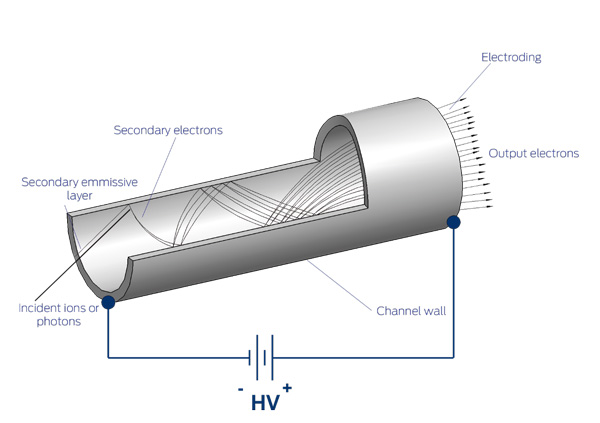
Photonis is the pioneer of Channeltron® Electron Multiplier technology, we possess the knowledge and expertise to recommend the ideal detector for your instrument. For years, customers have been using Channeltrons® because of their superior ability to provide the most accurate analysis. Find out why Channeltrons® are the premium choice among instrument manufacturers.
Technologies
Voir tout
Technologie du visible
Explorez l'univers en pleine évolution de la technologie du visible, qui ouvre de nouvelles perspectives à travers divers secteurs. Découvrez notre expertise et nos solutions, véritables moteurs de l'innovation de demain.

Technologie détection ions & électrons
Découvrez les technologies d'El-Mul et de Photonis dans les domaines de la détection haute performance des ions, électrons et photons...

Technologie rayons X
Les rayons X représentent une technologie scientifique révolutionnaire qui a considérablement et positivement influencé de nombreuses applications...

Technologie ultraviolet
L'ultraviolet, ou UV, est une plage de longueurs d'onde inférieure à 400 nm, donc plus courte que la longueur d'onde visible. Explorez la technologie d'imagerie ultraviolet à travers tout le spectre des UVA, UVB et UVC.
Actualités Détection et imagerie pour la science
Voir tout
Mar 19th 2025
Détection de photon unique
Solutions d'intensification d'image pour le comptage de photons uniques

Dallas.
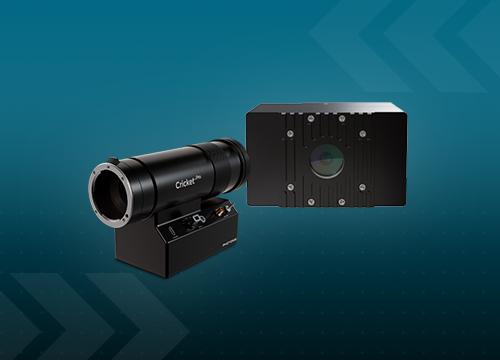
Jan 23rd 2025
Cricket™ Pro & PhotonPix™
Photonis launches Cricket™ pro and PhotonPix™: Two market-leading solutions...
